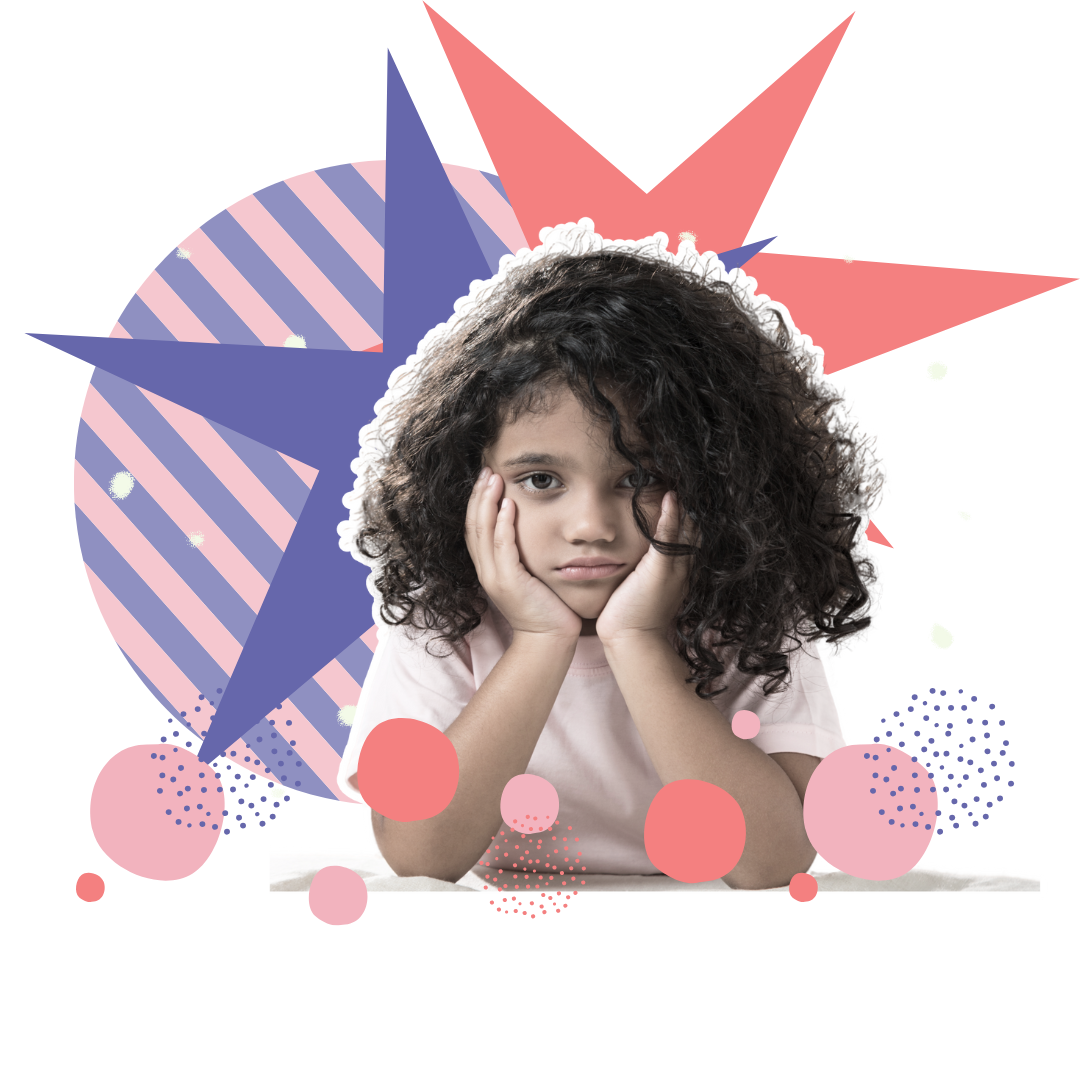When we think of childhood trauma, our minds often jump to events that are dramatic and undeniable, natural disasters, physical or sexual abuse, severe accidents, or the death of a parent. These are unquestionably traumatic experiences. But what many people don’t realize is that trauma in childhood can take many forms, and some of the most lasting wounds are those that aren’t immediately visible to the outside world.
Childhood trauma is not defined solely by the event, but by the child’s internal experience and ability to process what has happened. Two children may live through similar experiences but be impacted in very different ways. One child may appear to cope well, while another is deeply affected, carrying that emotional weight into adulthood.
Trauma can come from chronic emotional stress, feelings of rejection, a lack of connection or nurturing relationships, prolonged loneliness, or consistently feeling unheard. For example, growing up in a household where emotions aren’t acknowledged, or where parents are emotionally unavailable or overly critical, can create deep feelings of insecurity and emotional pain. Over time, these wounds may contribute to anxiety, depression, difficulty forming healthy relationships, and an inability to trust or express emotion.
In Japan, societal pressures are significant, and many children face immense expectations from a young age. Academic pressure, bullying (ijime), social isolation (hikikomori), and lack of emotional outlets can deeply affect mental and emotional health. One concerning and growing phenomenon is futōkō, a term used to describe children who refuse to attend school due to emotional distress, bullying, or feeling out of place in the rigid educational system. While some may view this as avoidance or defiance, it is often a manifestation of unresolved trauma and a silent plea for support.
The rising rates of childhood and adolescent suicide in Japan are a sobering reflection of the emotional burden many young people carry. It is essential to understand that suicide does not occur in a vacuum. It is often preceded by months or years of emotional pain, isolation, and the feeling of being unseen or misunderstood. What’s equally important to recognize is that the trauma does not end with the child who has taken their life, it extends to classmates, friends, siblings, teachers, and families who are left behind, often feeling helpless, guilty, or confused. These experiences ripple outward, sometimes creating new layers of trauma for those who witnessed or were connected to the individual.
At Liddle Kidz® Foundation, we are deeply committed to providing tools and knowledge that help caregivers, educators, healthcare professionals, and families recognize and respond to trauma, not just the obvious kind, but also the quiet, hidden pain that many children carry. Our courses don’t simply focus on touch therapy as a technique, they explore the emotional landscape of trauma and offer compassionate, practical ways to help children feel safe, soothed, and supported.
Touch, when delivered with respect, consent, and empathy, becomes a powerful tool to help regulate a child’s nervous system, reduce anxiety, and rebuild a sense of safety in the body. In our training, we emphasize that touch is not something done to a child, it is something offered, in partnership, with their consent and comfort in mind. This approach helps children begin to reconnect to themselves and to others, creating the foundation for healing.
Childhood trauma is not always loud. Sometimes, it’s silent. It lives in the quiet moments when a child feels invisible, or when they’re overwhelmed by the weight of expectations and emotions they can’t express. By broadening our understanding of what trauma looks like, we can better support all children, not only those who’ve survived great tragedies, but also those who are simply trying to survive the quiet pain that nobody sees.

